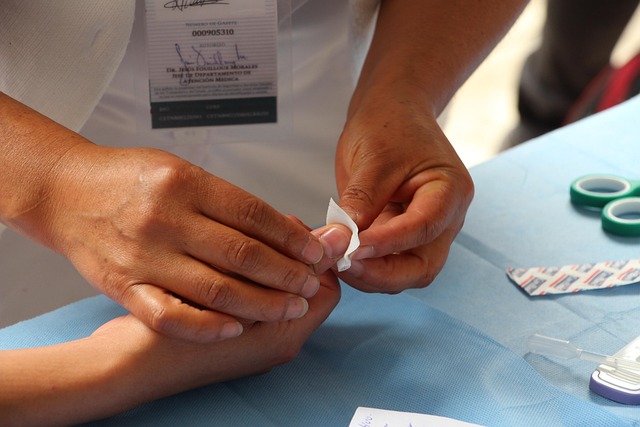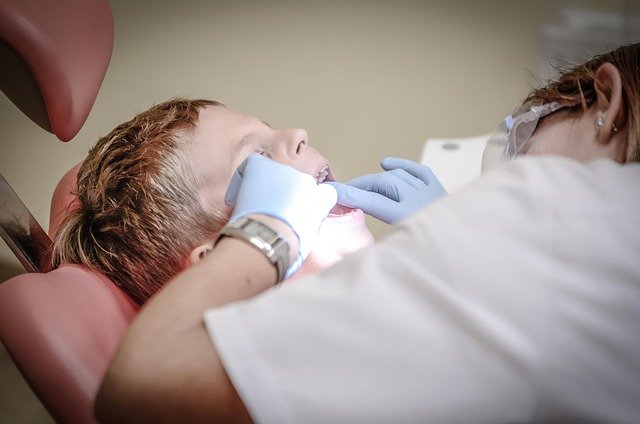Your Guide to Hair Loss Treatment Worldwide: A Long-Term Investment in Health and Confidence
Hair loss affects millions of people worldwide, transcending age, gender, and ethnicity. Far from being merely a cosmetic concern, hair loss can profoundly impact self-esteem, mental wellbeing, and social interactions. Fortunately, modern medicine offers numerous effective solutions that can help restore not just hair, but also confidence and quality of life. This comprehensive guide explores the causes, treatments, and global trends in hair restoration.

What Causes Hair Loss and Why Understanding the Root Is Essential
Hair loss rarely occurs without reason. The most common cause is androgenetic alopecia, also known as male or female pattern baldness, which is largely genetic. However, numerous other factors can contribute to thinning hair, including hormonal changes, medical conditions, medications, nutritional deficiencies, and stress. Autoimmune conditions like alopecia areata cause the immune system to attack hair follicles, while traction alopecia results from hairstyles that pull the hair too tightly.
Understanding the specific cause of your hair loss is crucial because it determines the most effective treatment approach. For instance, if medication is causing your hair loss, changing prescriptions might solve the problem without additional intervention. If nutritional deficiencies are at play, supplements might be sufficient. A proper diagnosis from a dermatologist or trichologist should always be the first step in addressing hair loss.
Who Can Benefit from Hair Loss Treatments?
Hair restoration solutions are not one-size-fits-all. The ideal candidates vary depending on the specific treatment. For surgical procedures like hair transplants, patients with stable hair loss patterns and sufficient donor hair typically achieve the best results. These procedures are particularly effective for male pattern baldness, but women with certain hair loss patterns can benefit as well.
Non-surgical treatments like minoxidil and finasteride can help those in earlier stages of hair loss. Platelet-rich plasma (PRP) therapy shows promise for people with thinning hair or small bald patches. Those experiencing temporary hair loss due to stress, medical treatments, or nutritional deficiencies may find that addressing the underlying cause is sufficient for natural regrowth.
Age is also a consideration. While there’s no upper age limit for most treatments, younger patients experiencing aggressive early hair loss may need to consider a strategic approach that accounts for future progression.
Step-by-Step Hair Restoration Journey
The path to successful hair restoration typically follows a sequence of important steps. First is consultation and diagnosis, where specialists determine the cause and pattern of hair loss through physical examination, medical history review, and sometimes scalp biopsies or blood tests. This crucial stage informs all subsequent treatment decisions.
Next comes treatment planning, where doctors recommend personalized approaches based on the diagnosis, extent of hair loss, budget, and patient preferences. Options range from medications and non-invasive procedures to surgical interventions.
For those pursuing surgical options, the pre-operative phase involves preparing the scalp and setting realistic expectations. The procedure itself—whether follicular unit extraction (FUE) or follicular unit transplantation (FUT)—typically takes several hours and is performed under local anesthesia.
Post-treatment care is essential for optimal results. This includes following specific washing protocols, avoiding certain activities, taking prescribed medications, and attending follow-up appointments. Patience is crucial during the recovery and growth phases, as transplanted hair may initially fall out before new growth appears, and final results may take 12-18 months to fully develop.
Global Trends in Hair Restoration
Hair restoration practices vary significantly worldwide, reflecting cultural, economic, and technological differences. Turkey has emerged as a global hub for hair transplants, offering high-quality procedures at competitive prices. Countries like South Korea and Japan are pioneering advanced technologies, including robotic transplantation systems and regenerative medicine approaches.
The United States, while more expensive, often leads in research and innovative techniques. European countries like Spain and Belgium are known for their stringent quality standards and experienced surgeons. India offers affordable options with increasing technical sophistication.
A notable global trend is “medical tourism,” where patients travel to other countries for more affordable treatments. While this can significantly reduce costs, it requires careful research into clinic credentials, surgeon experience, and post-operative care arrangements.
Another worldwide development is the increasing use of combination therapies that leverage multiple treatment modalities for enhanced results. Non-surgical options like PRP therapy, laser treatments, and prescription medications are often used alongside or before surgical interventions.
Hair Loss Treatment Costs
Hair restoration costs vary dramatically depending on the treatment type, geographic location, clinic reputation, and the extent of hair loss being addressed. Surgical procedures generally represent the highest investment.
| Treatment Type | Average Cost Range (USD) | What’s Included |
|---|---|---|
| Hair Transplant (FUE) | $4,000 - $15,000 | Procedure, basic medications, follow-up visits |
| Hair Transplant (FUT) | $4,000 - $10,000 | Procedure, basic medications, follow-up visits |
| PRP Therapy | $500 - $2,000 per session | Treatment session (typically 3-4 sessions recommended) |
| Medication (Finasteride) | $10 - $100 monthly | Monthly prescription costs |
| Medication (Minoxidil) | $15 - $50 monthly | Over-the-counter solution or foam |
| Low-Level Laser Therapy Devices | $300 - $3,000 | Home-use device |
Prices, rates, or cost estimates mentioned in this article are based on the latest available information but may change over time. Independent research is advised before making financial decisions.
When evaluating costs, it’s important to consider the long-term value. While medications represent a recurring expense, surgical procedures are typically one-time investments that may deliver permanent results. Some clinics offer financing options, and in certain countries, insurance may cover treatments if they’re deemed medically necessary rather than cosmetic.
The geographic location significantly impacts pricing. The same procedure might cost three times more in the United States or Western Europe than in countries like Turkey, India, or Thailand. However, travel expenses, accommodation, and the potential need for return visits should be factored into the total cost of medical tourism.
Hair restoration is truly an investment in both health and confidence. Beyond the immediate cosmetic improvement, effective treatment can alleviate psychological distress, improve social comfort, and enhance quality of life. When approached with proper research, realistic expectations, and professional guidance, modern hair restoration offers promising solutions for those affected by hair loss worldwide.
This article is for informational purposes only and should not be considered medical advice. Please consult a qualified healthcare professional for personalized guidance and treatment.




